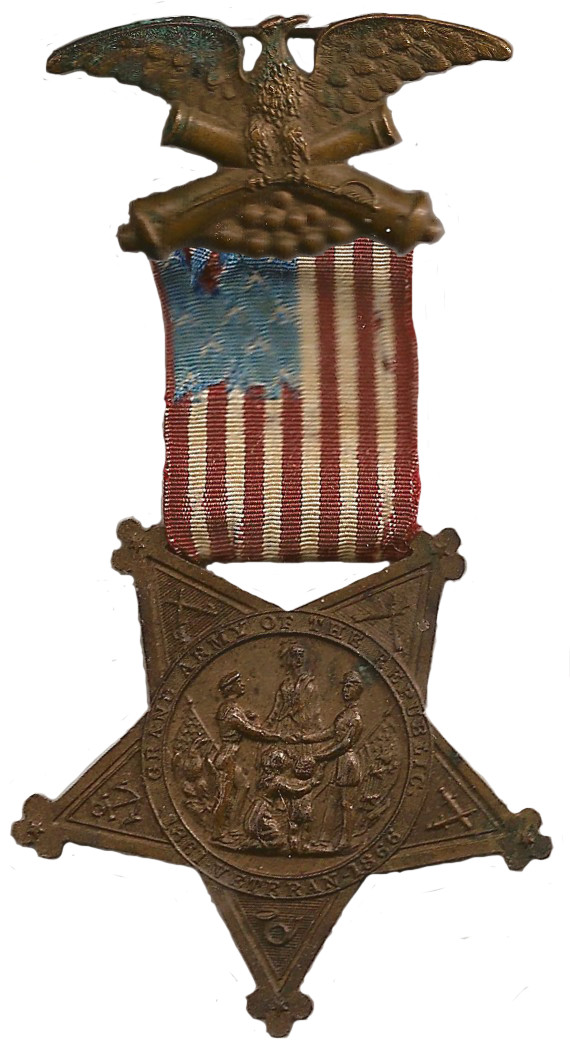Interest Groups
Dr. Christopher N. Lawrence
Middle Georgia State University
POLS 1101: American Government
🔊 Disable Narration
Why Interest Groups?
-
Like political parties, interest groups are linkage institutions.
Help communicate citizens' political views to government between elections.
The comparatively weak U.S. party system creates space for interest groups to thrive.
-
All interests are “special interests.”
Example of negative framing by opponents.
Preferred nomenclature: organized interests or just interest groups.
Interest Groups and Faction
-
Madison wrote in Federalist no. 10 about the “mischiefs of faction.”
“A number of citizens… who are united and actuated by some common impulse of passion, or of interest, adverse to the rights of other citizens, or to the permanent and aggregate interests of the community.”
Not all organized interests are “factions” in the sense Madison warned about.
Pluralism and its Critics
Dominant view among political scientists: U.S. interest group system is based on pluralism.
Interest groups compete with each other for influence over the political system; outcomes are usually fair.
-
Exceptions:
Low-profile issues.
Easier to obstruct action (“play defense”).
Differential resources.
Critiques of the Pluralist System
Upper and middle class interests tend to be more heavily emphasized.
Important issues may not make it on the policy agenda.
Interest group conflict leads to more negative public debate and discourse.
“Revolving door” between government and lobbying groups leads to public distrust.
Organized Interests Early On
-

America had always been distinct based on its vibrant “civic culture”; e.g. Tocqueville.
-
First “true” national interest groups emerged after the Civil War.
The rise of organized labor.
Union and confederate veterans' groups.
Benevolent/mutual-aid societies.
Interests in the Modern Era
Broad-based national associations emerge in the Progressive Era, including:
U.S. Chamber of Commerce
American Farm Bureau Federation
NAACP
1960s and beyond see the rise of narrow professional and issue-based groups:
NOW, Christian Coalition, abortion groups.
More recent: Occupy Wall Street; Tea Party movement.
Gaining Membership
Most interest groups need members and supporters to successfully achieve their goals.
Three broad types of incentives/benefits:
Material: the desire to get personal benefits.
Social (solidary/solidarity): the desire to belong in a group with like-minded people.
Purposive: interest in achieving group's common goals.
Establishing Groups
Groups are often founded by a small group of interest group entrepeneurs who see a need for their interest to be advanced.
Ideological/political groups often rely on the support of patrons to provide resources to reach potential members.
The Free Rider Problem
Free riding is particular problem for interest groups (unlike most voluntary associations).
If the group manages to lobby government successfully, all potential supporters benefit.
If the group fails, only the group's members had to bear the costs.
Thus it is rational for individuals who would join to free ride on the group's efforts.
Solving the Free Rider Problem
-
Coercion
Force people to join the group by law:
Professional licensing requirements.
Agricultural marketing associations.
Organized labor: “closed shop” laws.
Use violence and intimidation against people who refuse to join (usually illegal).
Solving the Free Rider Problem
Selective benefits
Offer members benefits that aren't available to non-members.
If the benefits are good enough, even people who disagree with the group's goals join.
Examples: AARP, American Automobile Association.
Occasionally, a broader social movement may excite people
Influencing Government
Direct lobbying.
Grassroots lobbying by members.
“Astroturfing.”
Electioneering (PACs, 527 groups).
Public advocacy: attempt to influence public opinion.
Litigation.
Direct action (protests, strikes, rioting).
Electioneering and Campaign Finance
Groups can organize political action committees (PACs) to contribute to campaigns for federal and state office.
They can also engage in independent expenditures supporting or opposing candidates.
Groups can also organize 527 committees and 501(c)(4) groups which have some advantages over PACs when engaging in independent spending.
Groups can use bundling to take credit for members' support of candidates.
Copyright and License
The text and narration of these slides are an original, creative work, Copyright © 2000–25 Christopher N. Lawrence. You may freely use, modify, and redistribute this slideshow under the terms of the Creative Commons Attribution-Share Alike 4.0 International license. To view a copy of this license, visit http://creativecommons.org/licenses/by-sa/4.0/ or send a letter to Creative Commons, 444 Castro Street, Suite 900, Mountain View, California, 94041, USA.
Other elements of these slides are either in the public domain (either originally or due to lapse in copyright), are U.S. government works not subject to copyright, or were licensed under the Creative Commons Attribution-Share Alike license (or a less restrictive license, the Creative Commons Attribution license) by their original creator.
Works Consulted
The following sources were consulted or used in the production of one or more of these slideshows, in addition to various primary source materials generally cited in-place or otherwise obvious from context throughout; previous editions of these works may have also been used. Any errors or omissions remain the sole responsibility of the author.
- Barbour, Christine and Gerald C. Wright. 2012. Keeping the Republic: Power and Citizenship in American Politics, Brief 4th edition. Washington: CQ Press.
- Coleman, John J., Kenneth M. Goldstein, and William G. Howell. 2012. Cause and Consequence in American Politics. New York: Longman Pearson.
- Fiorina, Morris P., Paul E. Peterson, Bertram D. Johnson, and William G. Mayer. 2011. America's New Democracy, 6th edition. New York: Longman Pearson.
- Krutz, Glen, et al. 2025. American Government, 4th edition. Houston: OpenStax College.
- O'Connor, Karen, Larry J. Sabato, and Alixandra B. Yanus. 2013. American Government: Roots and Reform, 12th edition. New York: Pearson.
- Sidlow, Edward I. and Beth Henschen. 2013. GOVT, 4th edition. New York: Cengage Learning.
- The American National Election Studies.
- Various Wikimedia projects, including the Wikimedia Commons, Wikipedia, and Wikisource.